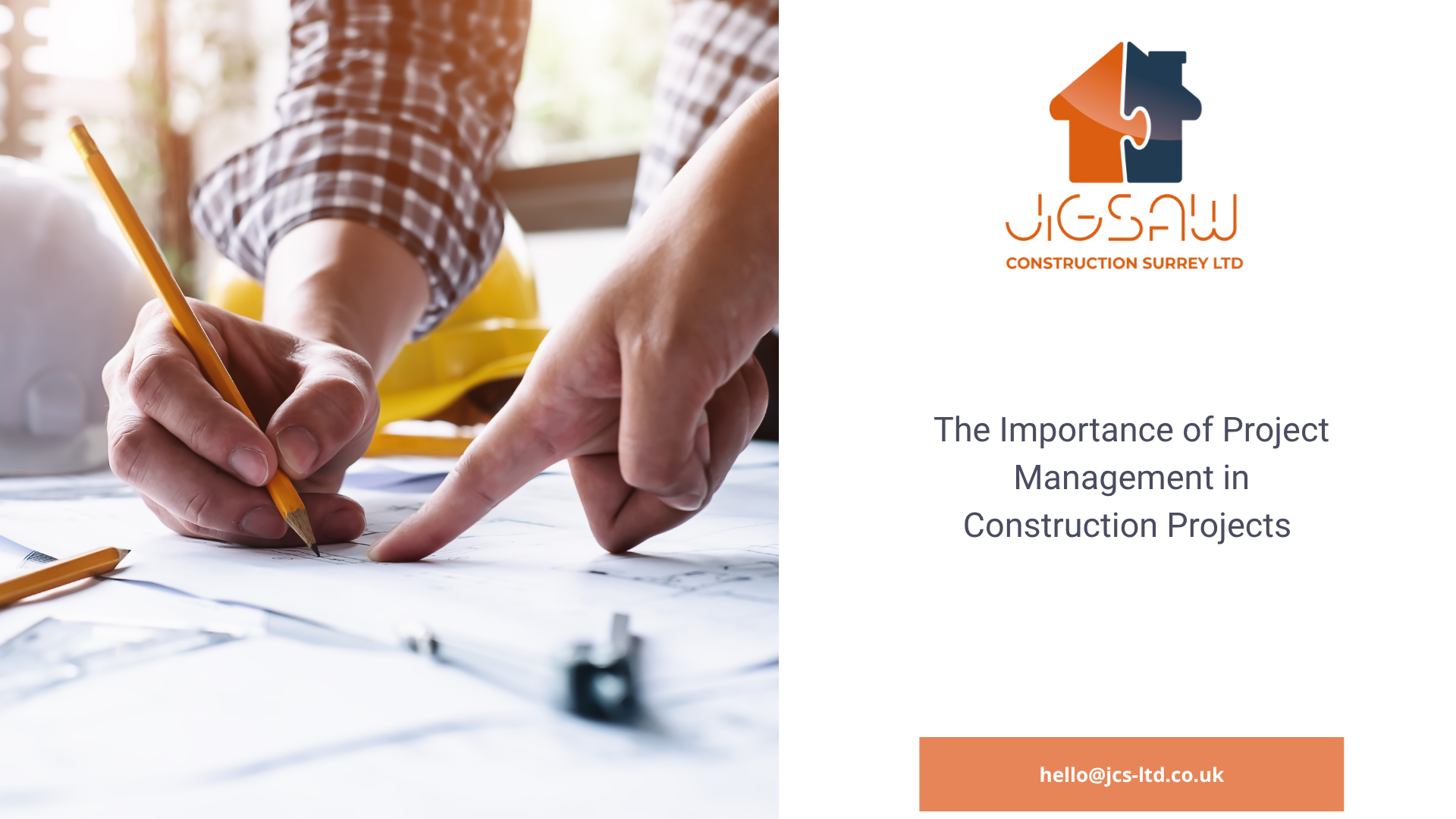The Importance of Project Management in Construction Projects

In the dynamic and complex world of construction, project management plays a pivotal role in the successful delivery of projects. Effective project management ensures that construction projects are completed on time, within budget, and to the expected quality standards. It plays a crucial role in coordinating various moving parts, managing risks, and ultimately satisfying client expectations. This blog will explore the critical importance of project management in construction projects.
Ensuring Effective Planning and Organisation
One of the primary functions of project management in construction is the development of a detailed project plan. This plan encompasses timelines, resource allocation, budget estimates, and risk management strategies. A well-structured plan serves as a roadmap for the entire project, guiding the construction team through each phase from inception to completion.
Project managers are responsible for organising all elements of the project, ensuring that every team member knows their role and responsibilities. This level of organisation is essential in avoiding delays, preventing miscommunication, and maintaining a smooth workflow throughout the project lifecycle.
Risk Management and Problem Solving
Construction projects are inherently risky due to their complexity and the numerous variables involved. Effective project management involves identifying potential risks early and developing strategies to mitigate them. This proactive approach allows project managers to address issues before they escalate, ensuring that the project remains on track.
Moreover, project managers are skilled problem solvers, equipped to handle unforeseen challenges that may arise during construction. Their ability to devise innovative solutions and adapt to changing circumstances is invaluable in maintaining progress and minimising disruptions.
Resource Management
Efficient resource management is another critical aspect of project management in construction. This includes managing human resources, materials, equipment, and finances. Project managers must ensure that resources are used optimally, reducing waste and avoiding unnecessary costs.
By effectively managing resources, project managers help to keep the project within budget and ensure that the necessary materials and labour are available when needed. This level of control is crucial in maintaining the project's financial health and ensuring its timely completion.
Quality Control and Assurance
Quality is a non-negotiable aspect of any construction project. Project managers play a key role in establishing quality standards and ensuring that these standards are met throughout the construction process. By implementing rigorous quality control measures, project managers can detect and rectify defects early, preventing costly rework and ensuring that the final product meets or exceeds client expectations.
Communication and Stakeholder Management
Project management is also vital in fostering effective communication among all parties involved in a construction project. This includes clients, architects, engineers, contractors, and suppliers. Open and transparent communication helps to align expectations, build trust, and facilitate collaboration among stakeholders.
Furthermore, project managers are responsible for managing stakeholder relationships, ensuring that their needs and concerns are addressed promptly. This aspect of project management is crucial in maintaining a positive working environment and securing stakeholder satisfaction.
Conclusion
In conclusion, project management is indispensable in the realm of construction projects. It provides the framework for planning, organising, and controlling all aspects of a project, ensuring its successful completion. By effectively managing risks, resources, quality, communication, and stakeholder relations, project managers play a vital role in delivering construction projects that are on time, within budget, and of the highest quality. As the construction industry continues to evolve, the importance of skilled project management will only continue to grow.




